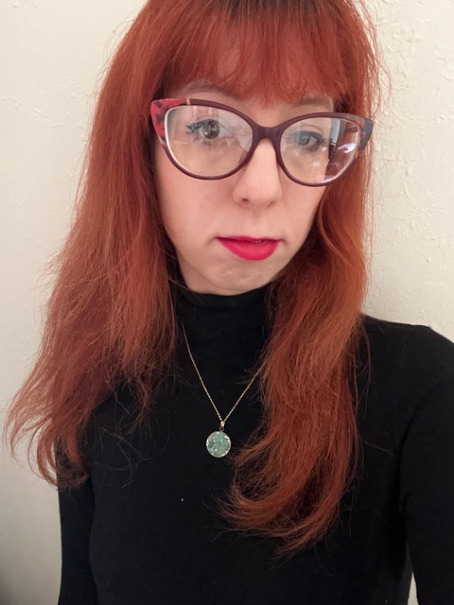Open-Access Digital Mapping Sylvia Plath’s Poetic Places: The Benefits of Co-creation and Collaboration in the Humanities.

Open Research objectives/practices
-
The “Sylvia Plath’s Writings in England” map is an open-access resource that aids readers of all kinds with an open and digital mapping of Plath’s writing.
-
I used an open approach to foster collaboration in co-creating with students.
-
The project participates in enabling open research in the arts and humanities by “sharing digital humanities methods and tools” (University Leeds Library).
Introduction
The Google Map, “Sylvia Plath’s Writings in England”, was created in 2023 and first covered Plath’s movements in the South West. I visited places that found their way to Plath’s writings and used photos to reconstruct poetic narratives, which are added to the map with a CC BY-SA 2.0 license. In April 2024, I organised a workshop for undergraduate and postgraduate students in English at RUG to expand on this literary map as part of my publication “Using Google Maps to Track Sylvia Plath’s Poetic Landscape in England” in the Handbook of Critical Digital Humanities (2026). In the workshop, we discussed how digital tools can further literary studies, what are the living archives, and what places students visited that were prompted by literature. The workshop generated cooperation among students and engaged with new humanities where “collaboration is the rule rather than the exception” (Hayes, 51). Knowledge of Plath’s biography was a driving factor for students’ interest in the poetic places whose active and migrating life provided readers and researchers with plenty of materials to trace her writings in terms of topography and visualise her journeys on GIS (Geographic Information System). For students, the map is a creative resource and learning tool that, along with analysing texts, explores that a poem is not a one-dimensional form but can be an immersive experience with multimedia from photos, recordings, digital maps and archiving of places and experiences.
Motivation
In my previous employment, I was a Postdoctoral Researcher on Open Research at the University of Leeds, where I became enthusiastic about developing an open scholarship within my research area. For decades, the Plath Estate was very restrictive in access to Plath’s writings. Recently, with the publication of new materials, Plath studies has been flourishing and has been opening up. This literary map is foremost my contribution to making the scholarship accessible. It is another way to look at Plath’s writings by using the DH tools and the open approach to co-creation. Further, Plath is a writer with very enthusiastic fan bases who often visit sites of her writing as a literary pilgrimage. The map functions as an open resource for readers to visit emblematic places of Plath’s poetry and life, like a yew tree in a Devon village, the London Zoo, or the river in Cambridge. Looking at geographical places as living archives also can transform how we relate to place and poetry.
Lessons learned
Such activities need to be embedded into teaching since many of the interested had timetable clashes. The participants enjoyed learning about the natural and urban places and felt more immersed in the poems by becoming co-creators of the map. In the future, I aim to use an open infrastructure so that the project is not tied to a corporation. A photo competition similar to the Wiki Loves Monuments can enhance the CC licences used and further co-creation and collaboration.
URLs, references and further information
-
Hayes, N. Katherine. ‘How We Think: Transforming Power and Digital Technologies’. Understanding Digital Humanities, edited by Berry, David M., Palgrave Macmillan, 2012, pp. 42–66, https://doi.org/10.1057/9780230371934_3.
-
Tamás, Dorka. Sylvia Plath’s Writings in England. Google Maps, 2023, https://www.google.com/maps/d/viewer?mid=1Sc9UGgHdVylLCM5vIjbHOFjNeX4iarw&usp=sharing.
-
University Leeds Library. Open research. 18 09 2020. 07 10 2024. <https://library.leeds.ac.uk/info/1406/researcher-support/199/open-research>.
